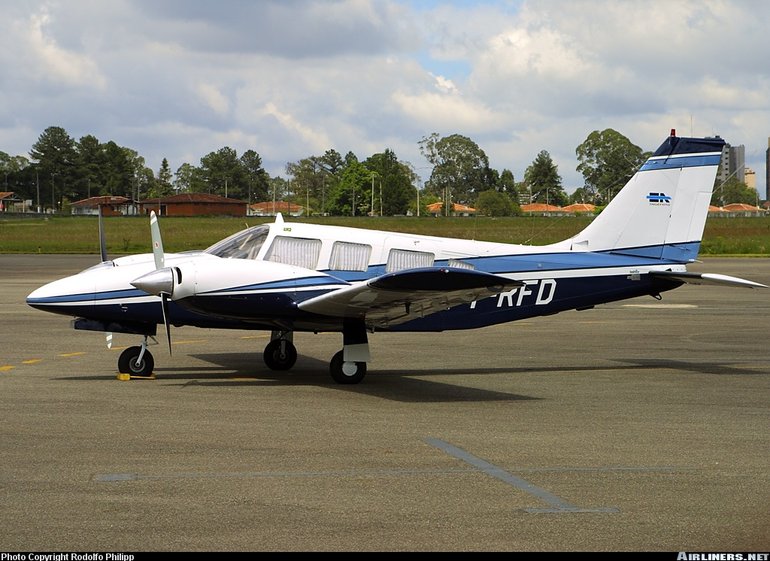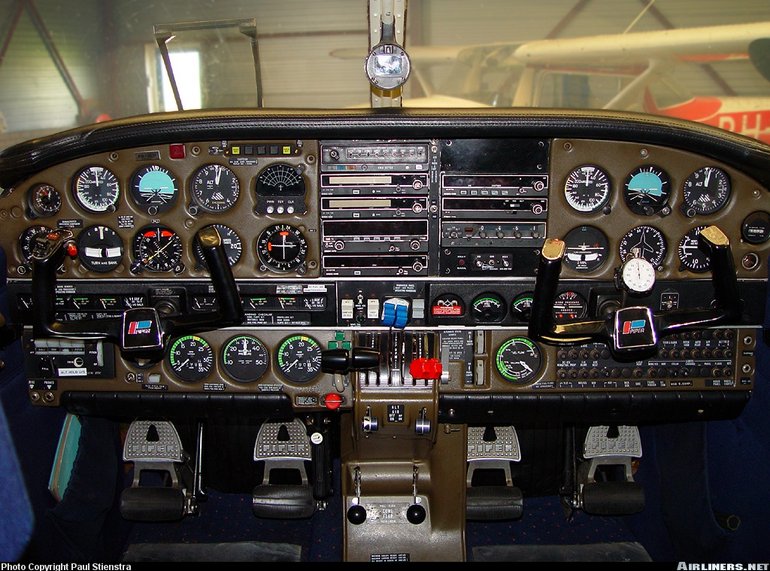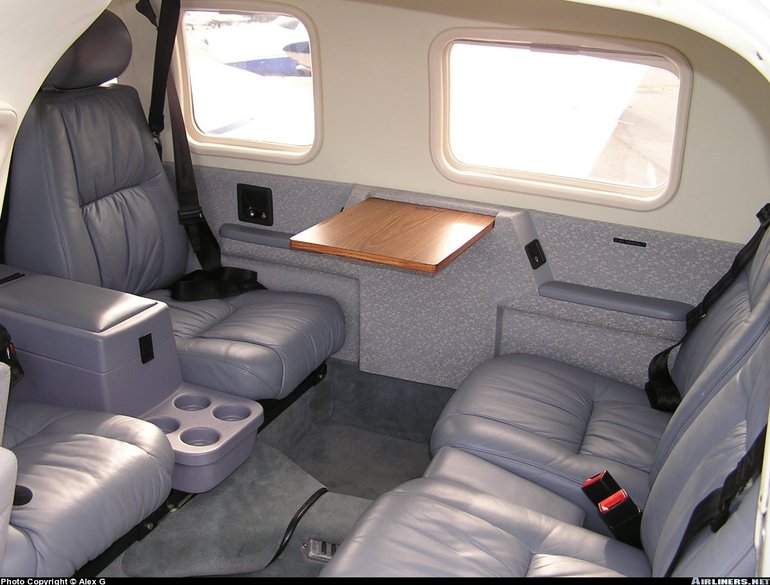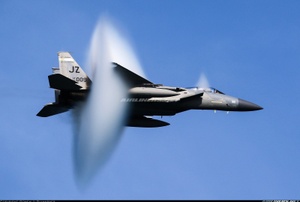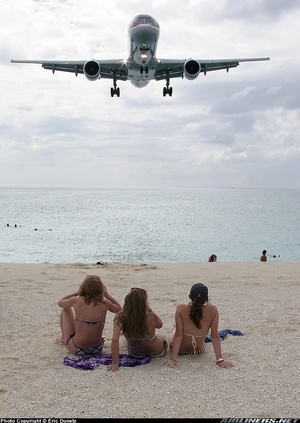Piper PA-34 Seneca
Details
Country of Origin
United States of America
Type
Six place light twin
History
The most successful six place light twin since its introduction, the Seneca is a twin engine development of the Cherokee Six.
Seneca development began when Piper flew a converted trimotor Cherokee Six, designated PA-32-3M, fitted with two additional 85kW (115hp) Lycomings O-235 on either wing. The subsequent twin engine prototype PA-34-180 Twin 6 first flew with two 135kW (180hp) Lycomings, while the definitive standard third Seneca prototype, the PA-34-200 Twin 6, first flew in October 1969 with fuel injected 150kW (200hp) IO-360s. Production deliveries of the initial PA-34-200 Seneca began in late 1971.
Handling and performance criticisms were addressed from the 1974 model year with the PA-34-200T Seneca II which introduced changes to the flight controls and, more importantly, two turbocharged Continental TSIO-360-Es. Piper originally planned that the follow-on PA-34-220T Seneca III would feature a T-tail, but these plans were dropped and the main changes introduced were counter rotating 165kW (220hp) TSIO-360s and a revised interior and instrument panel. Introduced in 1981, the Seneca III was replaced by New Piper's improved PA-34-220T Seneca IV in 1994 with aerodynamic refinements, axisymetric engine inlets and a revised interior.
The current PA-34-220T Seneca V was introduced in January 1997. It features intercooled turbocharged L/TSIO-360-RB engines which maintain rated power to 19,500ft, and seating for five, with a standard entertainment/executive workstation with extendable worktable and optional phone/fax. A sixth seat in place of the workstation is optional.
The Seneca was also built or assembled by other manufacturers, AICSA in Colombia, Chincul in Argentina (as the PA-A-34), Embraer in Brazil (as the EMB-810), and PZL-Mielec in Poland (as the M-20 Mewa, partly with PZL/Franklin engines).
Conversions are made by Seguin as the Princess, and by Robertson as the Super Seneca I and II.
Powerplants
PA-34-200 Seneca - Two 150kW (200hp) Lycoming IO-360-A1A fuel injected flat fours driving two blade c/s props.
PA-34-220T Seneca V - Two 165kW (220hp) Teledyne Continental L/TSIO-360-RB turbocharged, intercooled fuel injected counter rotating flat sixes driving two blade Hartzell or optional three blade McCauley c/s prop.
Performance
PA-34-200 Seneca - Max speed 314km/h (170kt), max cruising speed 300km/h (160kt), long range cruising speed 267km/h (144kt). Initial rate of climb 1360ft/min. Service ceiling 19,400ft. Max range with no reserves 1818km (982nm).
PA-34-220T Seneca V - Max speed 379km/h (205kt), max cruising speed at 10,000ft 341km/h (184kt), at 18,500ft 367km/h (198kt), normal cruising speed at 10,000ft 322km/h (174kt), at 16,500ft 352km/h (190kt). Initial rate of climb 1550ft/min. Max certificated altitude 25,000ft. Range at max range power with reserves at 10,000ft 1295km (700nm), at 18,500ft 1222km (660nm).
Weights
PA-34-200 Seneca - Empty 1190kg (2623lb), max takeoff 1905kg (4200lb).
PA-34-220T Seneca V - Empty equipped 1532kg (3377lb), max takeoff 2155kg (4750lb).
Dimensions
PA-34-200 Seneca - Wing span 11.85m (38ft 11in), length 8.69m (28ft 6in), height 3.02m (9ft 11in). Wing area 19.2m2 (206.5sq ft).
PA-34-220T Seneca V - Same except length 8.72m (28ft 8in). Wing area 19.4m2 (208.7sq ft).
Capacity
Seating for six in all but Seneca V which seats five or optionally six.
Production
Approximately 4750 Senecas built by Piper (incl approx 200 Vs), plus approx 20 Seneca IIs licence built in Poland by PZL-Mielec as the M-20 Mewa, and over 870 in Brazil by Embraer as the EMB-810.
Related Links
Piper PA-34 Seneca
The backbone of this section is from the The
International Directory of Civil Aircraft by Gerard Frawley
and used with permission. To get your own copy of the book
click here.
